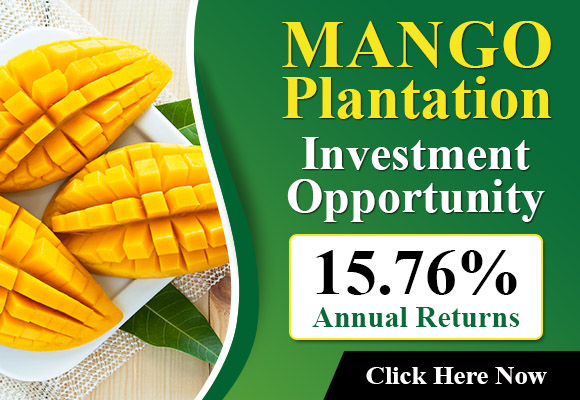Marcel van Koppen explains that numerous significant advances in the production process took place from the years 1980-82 in a period with high costs for energy. “Around that time the flue gas condenser was first introduced to greenhouses. The function of a flue gas condenser’s function is to reduce the temperature of flue gases less than the dew point of water vapor in the flue gas. The CO2 generated from these boilers facilitated high production increases and even with a minimal amount of air circulation.”
A further significant shift is the introduction of cultivation on substrates and this increased the production by around 15 percent. Also, less energy input was required as there was no need to warm the soil. “In the beginning of the 90s, the use of biological insects were controlled,” states Marcel. “Thankfully the heavy-chemical broad-spectrum, difficult to degrade, and insecticides are now banned for more than 30 years.”
According to Marcel Marcel, one of the recent shifts which have been taking place is the gradual shift away from conventional production to high-wire in the last 20 years.
What kind of changes can Marcel think he can expect at a manufacturing basis? “I think that searching for renewable energy sources will be more prominent over the coming years. As an example, I anticipate to witness a rise in the use of LED lighting. Furthermore I expect there to rise in geothermal energy, also known as an exchanger that store heat from summer and then uses it in the winter.”
The farmer believes that they continue to seek methods to increase production, while taking less energy. Therefore, we can speculate it is likely that the efficiency of energy will continue to be an important in the near future.
Marcel believes that the risks of production are a different challenge for producers. “Take less moisture drainage, for instance. It results in an uninvolved plant that in turn, increases the likelihood of getting a fungus infection,” says Marcel. A trend towards reducing pesticide and fungicide use increases the demands on companies such as Rijk Zwaan to develop new varieties that are resistant. “Resistances to Pythium, Mycosphaerella, Botrytis as well as other illnesses are essential. Here at Rijk Zwaan we are required to find new and inventive ways to enhance resistance to disease naturally in plants, like we have done in the past with the Blue Leaf trait,” He says. In addition to Blue Leaf, varieties can be developed using plants that are not as attracted to insects, or are resistant to fungus.
Marcel states that “Climate changes will affect the growth of new species. They’ll need to to endure drought, heat as well as salty weather.”
More information is available here:
Rijk Zwaan
Burgemeester Crezeelaan 40
2678 ZG, De Lier
www.rijkzwaan.com
Source: The Plantations International Agroforestry Group of Companies
